There are two parts to this exhibition. The first features stories and work from the FACE academic community. The second features images and texts produced by undergraduates, postgraduates and graduates of Beauty, Fashion and Textiles.
Both students and academics explore the complex relationship between hair and identity, revealing the importance of generational traditions in different communities and the power of creative invention. The visual and written chronicles that emerge are political, many of them highlighting the continued presence of racial discrimination in relation to hair as well as documenting resistance and creativity in spite of and in response to this.
Taken together, these stories highlight and celebrate a wide diversity of hair textures and hair arts while sparking conversations about long-standing Eurocentric beauty standards in the UK.
These accounts should no longer be suppressed or excluded from our educational curriculum or from the beauty and fashion industries. We hope that such conversations will help to inspire upcoming generations of designers, artists and educators of the future.
Davina Hawthorne, FACE X Horniman, Lead curator
Contributing editors: Sharon Lloyd, Jacob Goff, Benita Odogwu-Atkinson, Michelle Marshall, Sarah Byrne and Emma Tarlo
Academic Space
We are FACE
Fashion Academics Creating Equality. We work to challenge Higher education, Further Education and the fashion and beauty industries to be more inclusive, unified and equal. We specifically work with issues concerning race, colour and ethnicity and in doing so we amplify voices, challenge the status quo and embrace change.
Andrew Ibi
Portrait
- Liverpool John Moores University
- Co-founding member of FACE
- BA Fashion: Design and Communication – Programme Leader
- Designer, Artist and educator

The personal is political and nothing more political than DREADS. Once you ‘locks up’ it’s hard to think about any other way of wearing hair. Interestingly, it’s not something I considered fully in terms of social and economic development as a young Black man. Barriers – who knows exactly how many traditional opportunities were missed? I can speculate a whole career. It’s hard to gauge the occasions when the cultural symbolism scared the crap out of people. I know it has – I’ve had dreads for nearly 30 years – too long for me to consider every interaction and not something that is of concern anymore. There are very few that are brave enough to question their place openly. In fact, very few non-Black people talk about my hair – odd, as it’s a pretty prominent personal feature. I suspect it’s been a source of professional and social failure in some areas of life – but it offers me honesty, cultural and spiritual balance.
I’ve never seen myself as part of mainstream culture – existing in my own space is perfectly fine. Wearing locks in a natural, non-styled or groomed way is an international symbol of resistance – whether you’re in Istanbul, Lagos, Budapest, Shanghai, Manchester or Rio – you always know where you stand. There is no misunderstanding attached to a Black man with freeform locks – especially when you grow out facial hair as well (with purposeful neglect for neat, architectural lines). The retraction from western beauty standards causes social meltdowns, even in 2021. There are no grey areas (aside from those new age types – they mean well though) – even the most basic human being realises that you are not messing around when it comes to cultural identity!
Davina Hawthorne
Becoming
- De Montfort University
- MA Fashion and Textile – Programme Leader
- Senior Lecturer for BA Fashion
- Designer and Educator
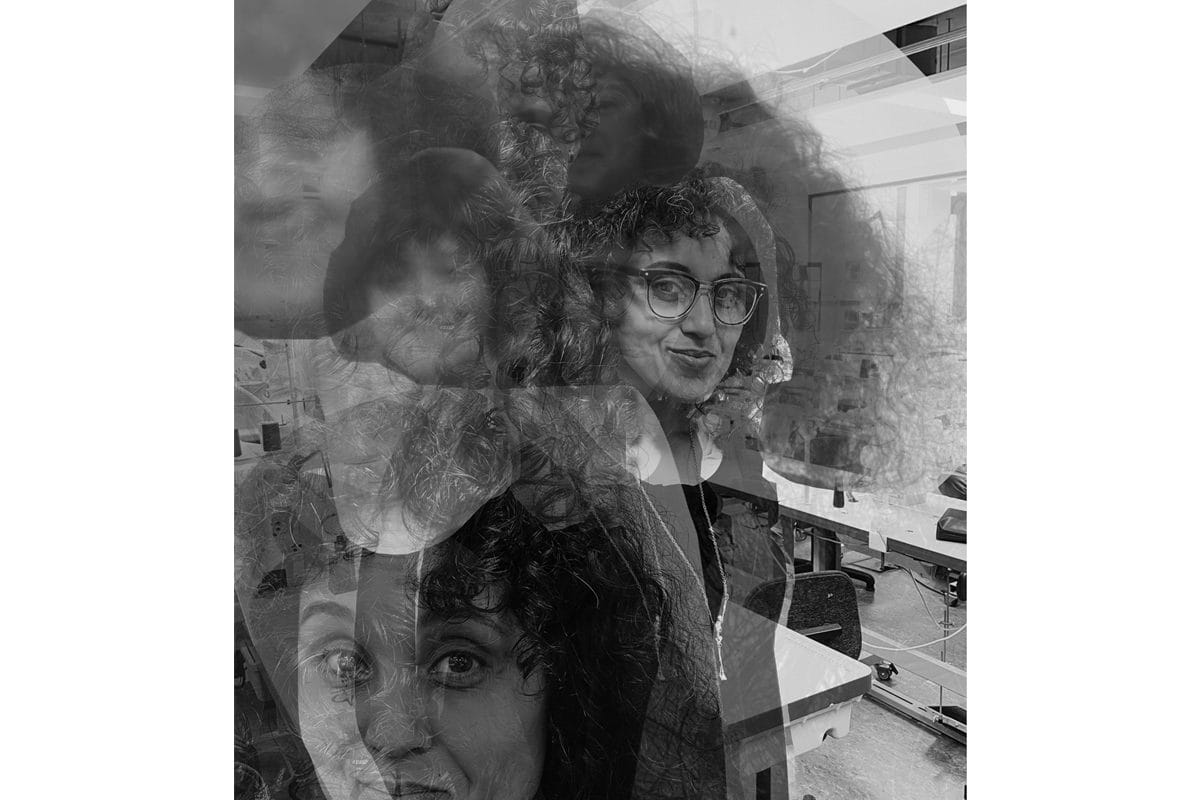
My hair is intrinsic to my race, age, identity and perceptions of beauty. Growing up I never wanted the hair that I had, my hair was a battlefield. I was constantly trying to tame, control, change and put my hair in its place. I never really knew how to look after it or what I was supposed to do with it and was always concerned about fitting in. I never really embraced or understood the power and beauty of my natural curly hair.
It took me a long time to fully embrace the beauty of who I am. I now see my natural hair as a defiance of other people’s racism, standards and perceptions of beauty.
Michelle Marshall
Body of Evidence, A Personal Excavation II
- Photographer
- Senior Lecturer in Fashion Photography (University for The Creative Arts, Rochester)
- Associate Lecturer, Fashion Photography (London College of Fashion, UAL)
![A photo of dreadlocked hair in the top right corner, and below that text which reads 'Arte[facts]'. Below that a hairbrush where the brush part is dreadlocks. Text below reads 'so you don't wash your hair everyday? Body of Evidence, a Personal Excavation II'](https://cdn.horniman.ac.uk/wp-content/uploads/2022/06/For-web-1200x800.jpg?strip=all&lossy=1&ssl=1)
![A photo of dreadlocked hair in the top right corner, and below that text which reads 'Arte[facts]'. Below that a hairbrush where the brush part is curly hair. Text below reads Can I touch it? Body of Evidence, a Personal Excavation II'](https://cdn.horniman.ac.uk/wp-content/uploads/2022/06/Michelle-8-for-web-1200x800.jpg?strip=all&lossy=1&ssl=1)
![A photo of dreadlocked hair in the top right corner, and below that text which reads 'Arte[facts]'. Below that rolls of thread where the thread is hair. Text below reads 'How do you get your hair like that? Body of Evidence, a Personal Excavation II'](https://cdn.horniman.ac.uk/wp-content/uploads/2022/06/Michelle-6-for-web-1200x800.jpg?strip=all&lossy=1&ssl=1)
![A photo of dreadlocked hair in the top right corner, and below that text which reads 'Arte[facts]'. Below that a hairbrush where the brush part is afro hair. Text below reads ‘It feels so soft! Body of Evidence, a Personal Excavation II'](https://cdn.horniman.ac.uk/wp-content/uploads/2022/06/Michelle-7-for-web-1200x800.jpg?strip=all&lossy=1&ssl=1)
The project is a visual exploration and re-appropriation of some of the arbitrary markers used to determine treatment and define and call out blackness – hair. Hair is a powerful symbol. It is an extension of our identity, attitudes and beliefs [1]. Afro hair is also excluded from the everyday mainstream narrative. A point that was echoed when #sparadrapgate (#bandaidgate) erupted on Twitter in 2018, when a French Journalist, Rokhaya Diallo, happened to mention on the social media platform how difficult it was to get hold of everyday beauty products catering specifically for black people in regular supermarkets. Using the example of plasters, whose light beige or pink hues do not really blend in with black skin tones. The backlash that ensued made the (French) national news. It is a let-down to live in a country (France) that makes us feel like we do not exist.
Few cosmetics or beauty services are thought of or created with black people in mind, such as plasters, hairdressing salons, or skin foundation. We simply cannot buy our cosmetics in ordinary supermarkets [3]. The submitted images are an initial look into everyday objects that have traditionally been typically biased towards whiteness and where brands have not quite caught up with the rapidly changing face of their market.
[1] Anthony & Pat Mascolo (2016) Founders/Editors-in-Chief, Infringe Magazine
Teleica Kirkland
Happy Me
- UAL: London College of Fashion
- Lecturer in Cultural and Historical Studies
- Creative Director of the Costume Institute of the African Diaspora
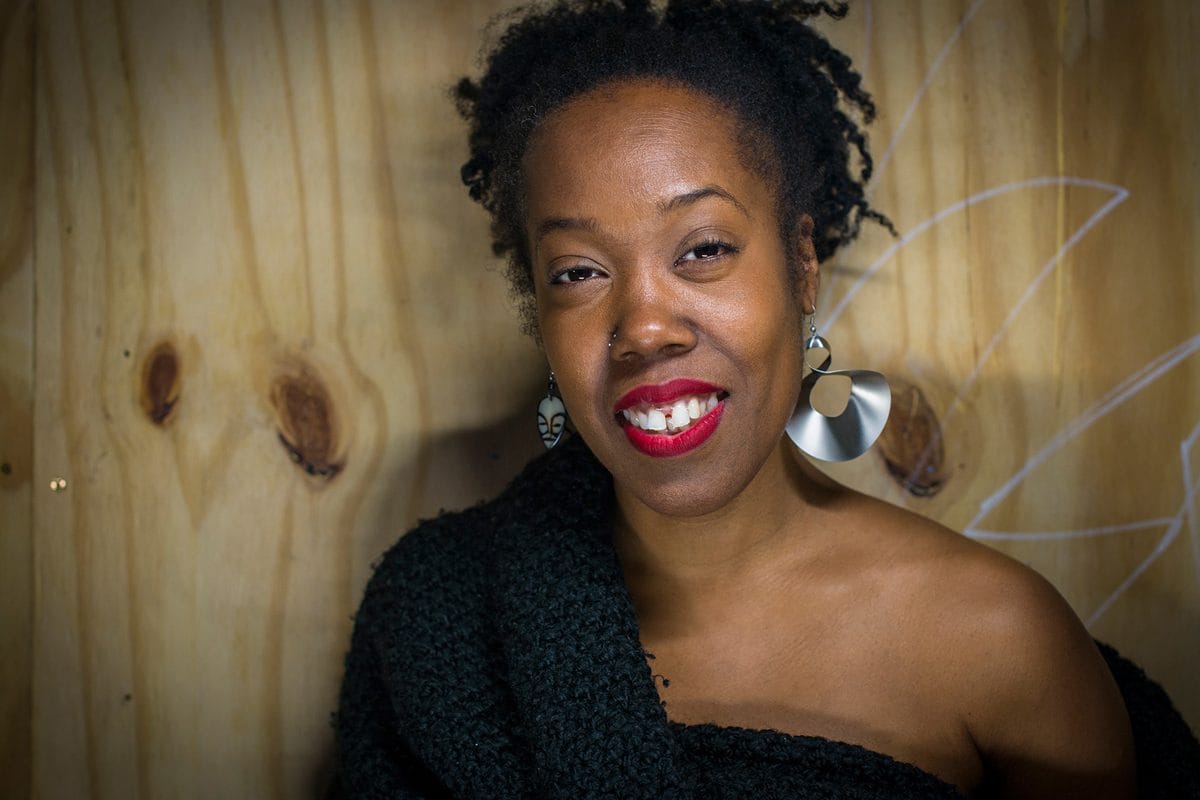
My barriers were around ownership and expectation. When I was younger I was never allowed to “own” the dressing of my hair. Like most children of Caribbean heritage, my hair history was owned by my mom who put me through traumatic weekly hairdressing rituals that caused me varying levels of discomfort but made me appear acceptable and presentable which made her happy.
My first forays into dressing my own hair was of course disastrous and resulted in me causing permanent scalp damage through the use of chemical relaxers. As a teenager it was understood that to be cool and attractive natural hair was an absolute no, no! By the time I reached my young adulthood, I had moved away from the expectations of conventional Black cultural expression and towards a more open alternative way of thinking and being. This enabled me to wear my hair in lox and embrace my natural hair whilst also working towards a belief in my own acceptability and desirability.
As an adult I’ve realised that hair, especially for Black women, is so deeply loaded with meaning and expectation and the resurgence of the natural hair movement although welcomed hasn’t really helped as it has created an emphasis on texturing. Right now, within the current era I don’t feel any barriers to wearing my hair however I want although wearing my afro still elicits comments.
Jacob Goff
Self Portrait on Turmeric
- Northumbria University
- Graduate Tutor
- Fashion Design and Marketing
- MA Fashion: Performance wear
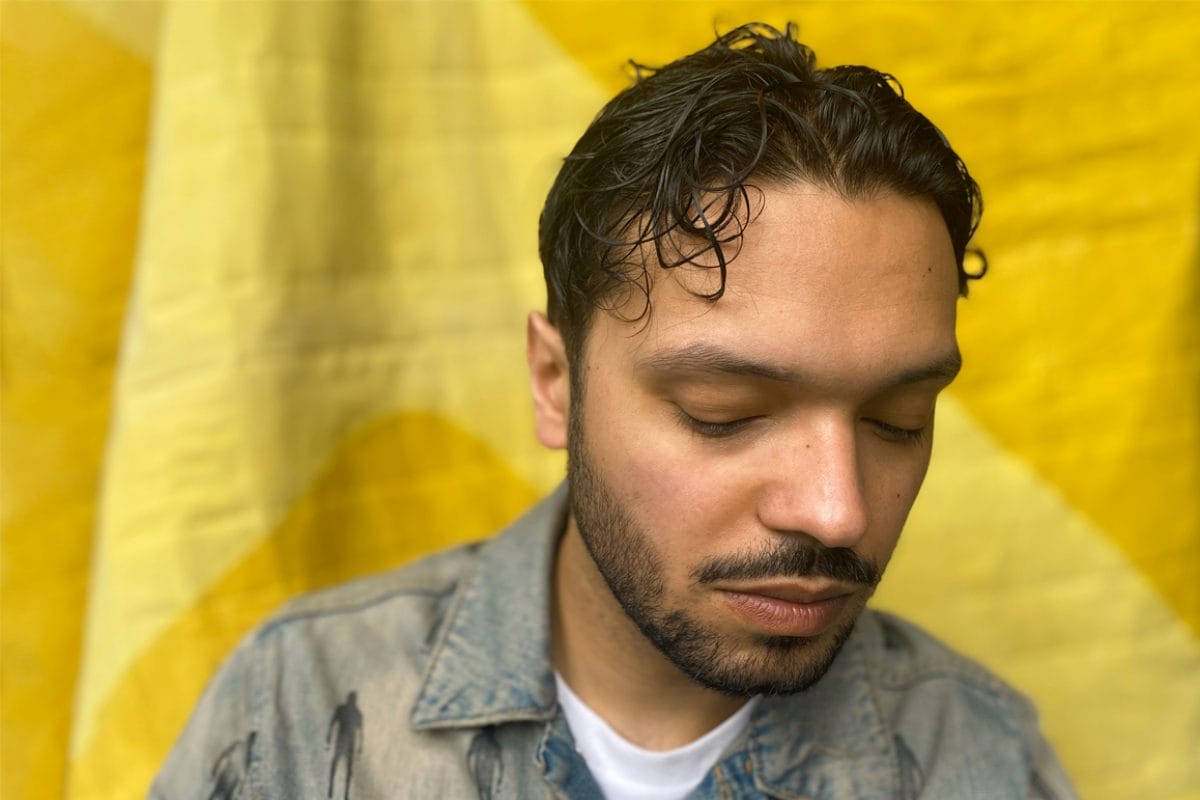
Like many, I grew up letting friends and schoolmates grab and touch my hair without consent. Commenting on my curls, claiming that they’d “love to have hair like that”, or asking why I didn’t have a “proper afro”. These experiences cultivated a feeling of disassociation with the cultural identity that my hair held, leading me to maintain a buzzcut and letting the uneasiness of microaggressions fall to the barbershop floor with my curls. The more I began to appreciate my place as a person of colour, the more I longed to grow my hair out and embrace the styles that my Nigerian and Indian heritage has afforded me. There’s so much power in owning what you have.
Ezinma Mbeledogu
Spider-head
- UCA – University of the Creative Arts – Epsom
- BA (Hons) Fashion, MA Fashion Design – Programme Director
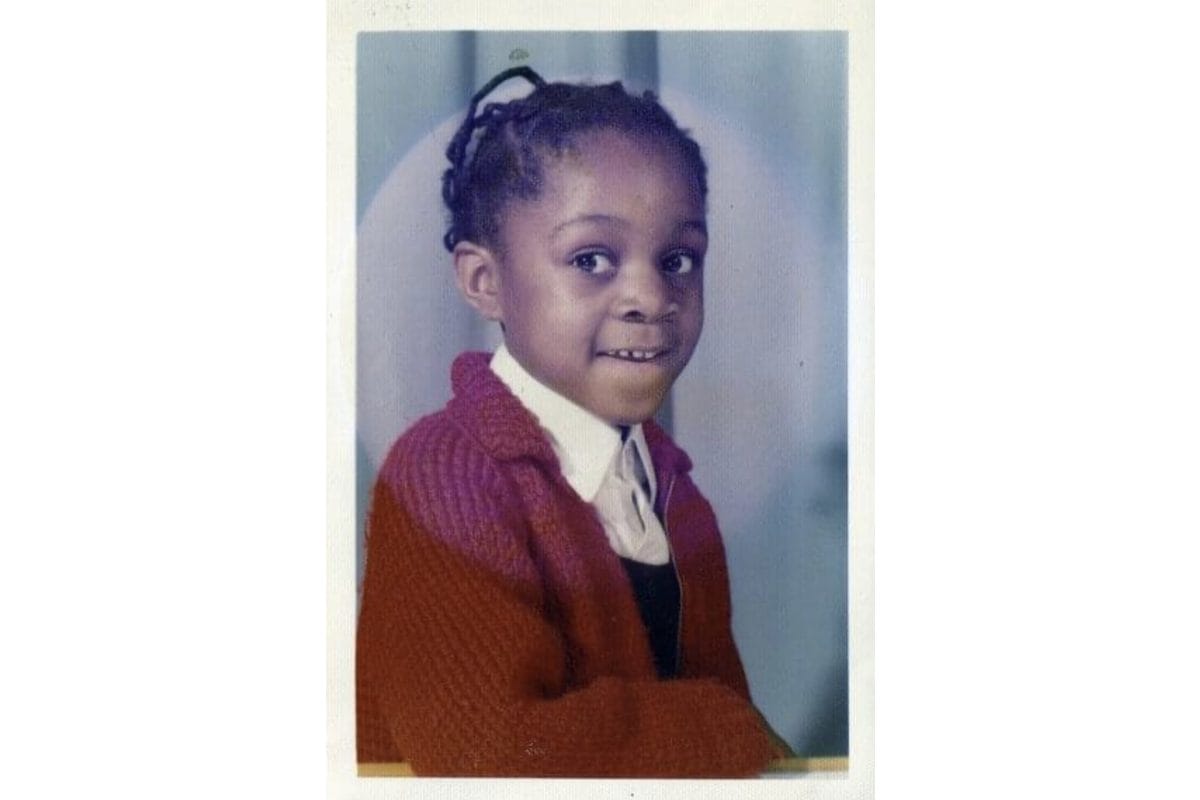
Contested territory. The first site of my othering was the jet-black mass on my head – my hair. My hair defined me in more ways than I was completely able to understand at the tender age of seven. Innocence is rarely a match for hostility – though being bright-eyed with a smiley face does well in hiding a child’s sadness bore of the awareness of ‘not belonging’. My threaded hairstyle was a site of tradition, tribe, culture and my mother’s love, from within–the safety of home. However, from without, that, that lay beyond the front door – it was also a site for taunts, a signifier of difference – a visual badge of not belonging to the place of my birth but to that ‘poor’ country… Africa (eyeroll).
Yes, contested! I remember my late mum washing my hair over the bathtub. Me, on my knees eagerly waiting to hear the swoosh of the towel being grabbed from the rail. My mum was overly thorough when it came to hair-washing, the soap suds stinging my eyes would always form part of this weekly routine, as well as my shrieks of discomfort. Water would reduce the length of my natural hair by half and double the thickness. Once dried, the thickness would increase even further. Cleaned and dried, the next stage of this weekly hair ritual involved finding a cushion or perfect position between my seated mum’s legs. I would sit, whilst hair cream was massaged into my hair to soften it up and provide nutrients. Then the wide-toothed comb would appear and would strategically work through the freshly cleaned hair. At a certain stage the comb would move through my hair with little resistance, at this point the first parting would appear on my scalp, drawn out with precision by a steady hand with tacit knowing.
The flat reel of hair-thread would be unravelled, until a length that was deemed adequate was reached. Snipped length of thread now held in between mum’s lips, left hand holds, squeezes and twists the parted hair, right hand removes thread from lips and is wrapped tightly around the base of parted hair. The thread wraps around the base tightly to form a strong foundation, then wraps around the entire length of hair. This is repeated as each new parting of hair is subsequently wrapped in thread. Once complete, the threaded hair is packed – tied together by thread in a network of overlay and underlay. The look of joy on my mum’s face as another job is completed! The look on my face in my reflection, equally joyful.
This, a typical Sunday afternoon. Monday morning, school: “Spider- head!” “African!” “Zulu!” “where’s your spear?!”
Lorraine Henry King
My Hair
- BA MA SFHEA & PhD Researcher

Styling or looking after hair was not my mum’s forte, so apart from that centre top afro puff she could manage my hair and I had a fraught relationship. My soft hair would not entertain an afro was never in agreement with the styles I wanted to put it in. The resulting battles saw me head bowed and shying away from the camera in every family photo – until at thirteen – I got to do my own hair.
I didn’t remember the moment, but my sister did. What I noticed looking back at my Godmother’s wedding photos was the fact that my head was held for the first time ever. I had a taste of a new relationship with my hair, and I loved it. So, when I left home at seventeen it wasn’t long before I took the bold step of cutting my hair – culturally a no no – as black hair was slow to grow – or so I was told. Regardless, I had a Grace Jones cut and discovered the joy of hair that reflected my personality which is evidenced by family photos of me actually smiling.
Before I opted for locs I tried everything – perms, straightening, weaves and single plait extensions and my poor scalp hated everything! My scalp was burnt and blistered, I developed bald patches, discovered I was allergic to synthetic hair and that my scalp could not cope with anything sewn or pinned tightly to it. Natural twists worked much better, and my hair actually began growing.
When I opted for locs a family member asked why would I do that, and make myself look blacker than I already am. I was shocked – as a Black man I thought he would understand and because with all the white-centric hair styles I had tried, I had never felt ‘less’ Black, just more physical pain! I did feel the shift in others around me in response to my locs because hair is political – to them. To me, I just needed to embrace what worked for me, having locs changed me in lots of ways, but best of all I feel like they are my superpower because finally, I love my hair!
Max Kandhola
The Craft of Life
- Nottingham Trent University
- Photographer
- Artist
- Academic
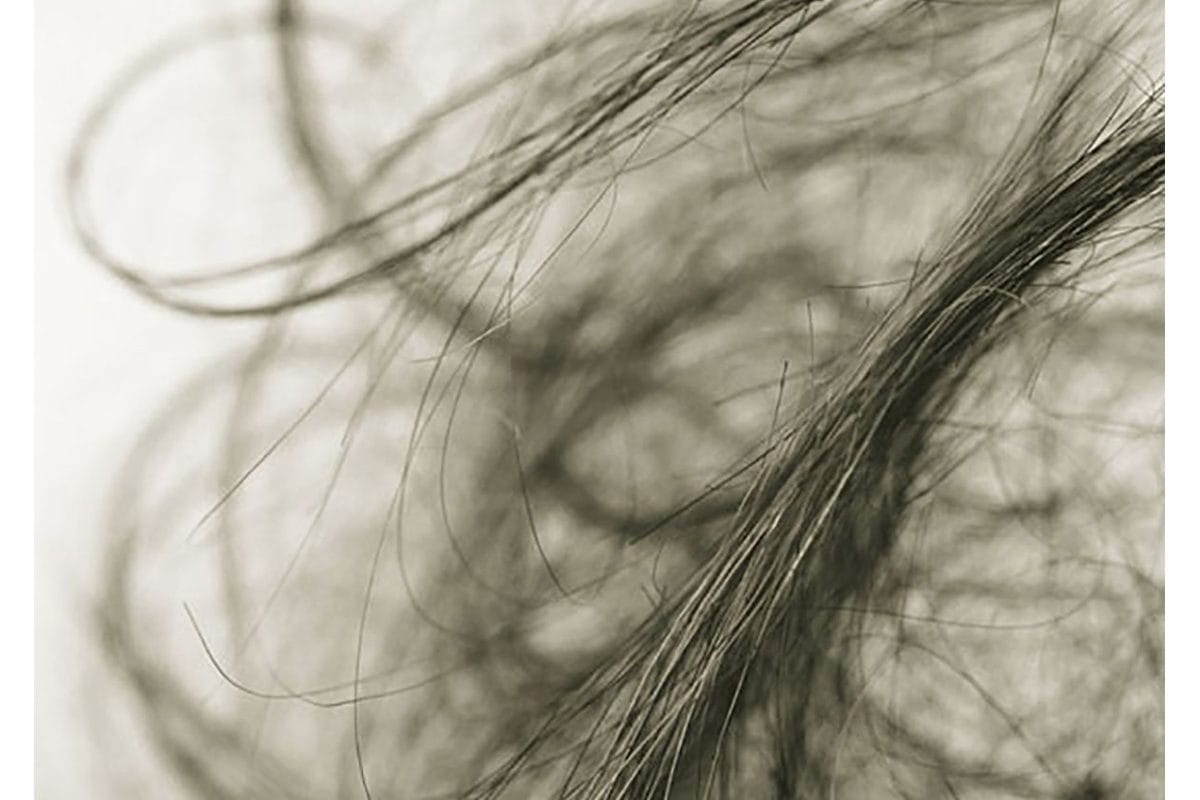
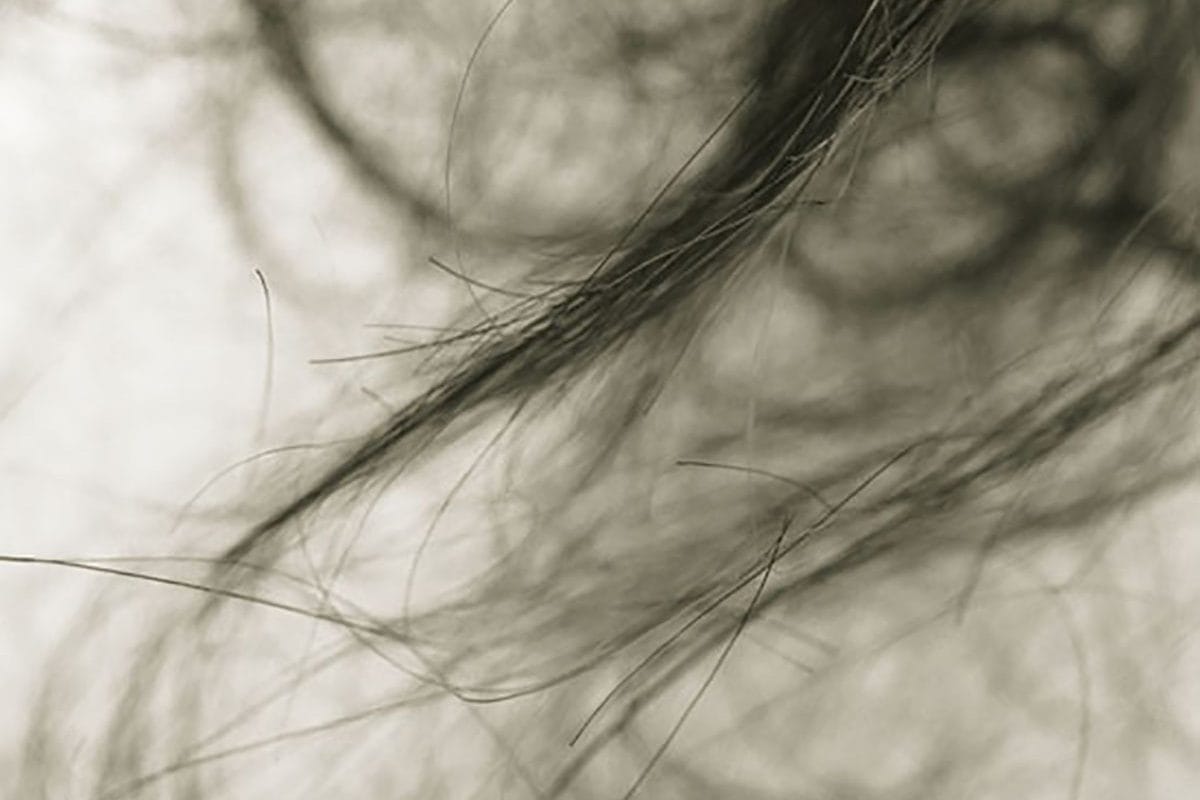

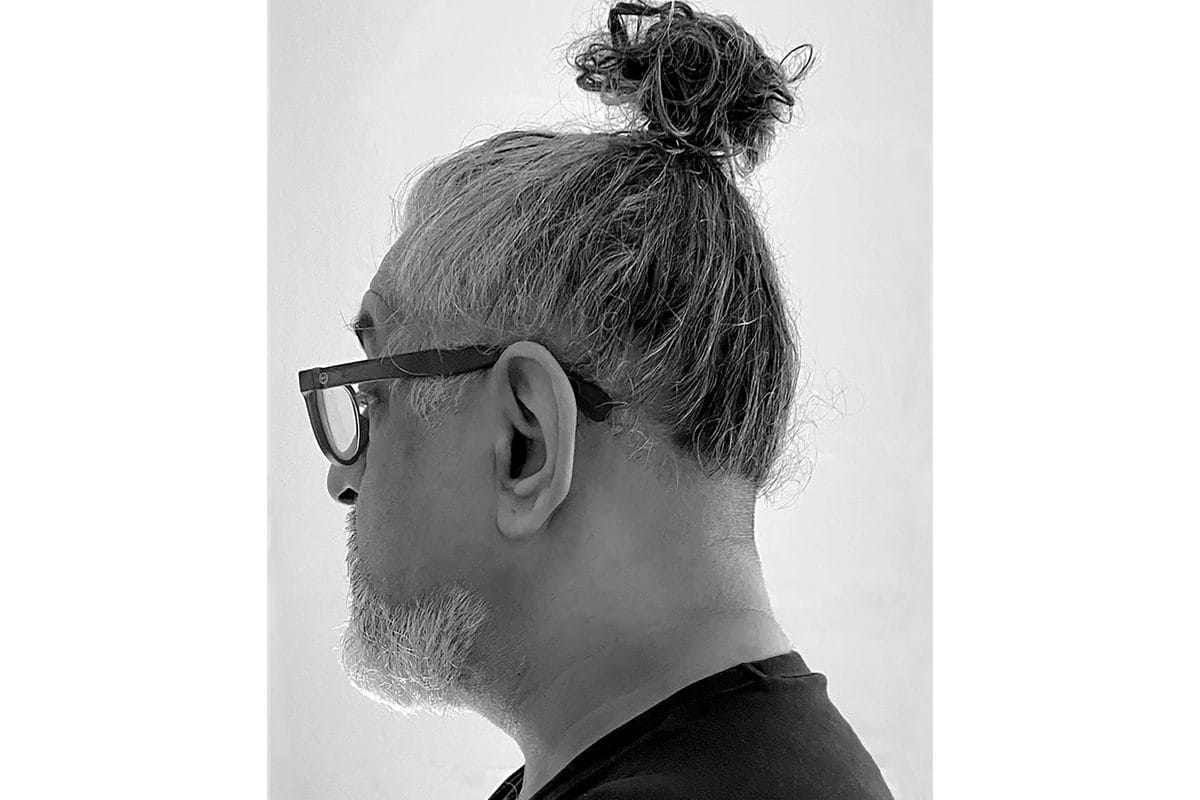
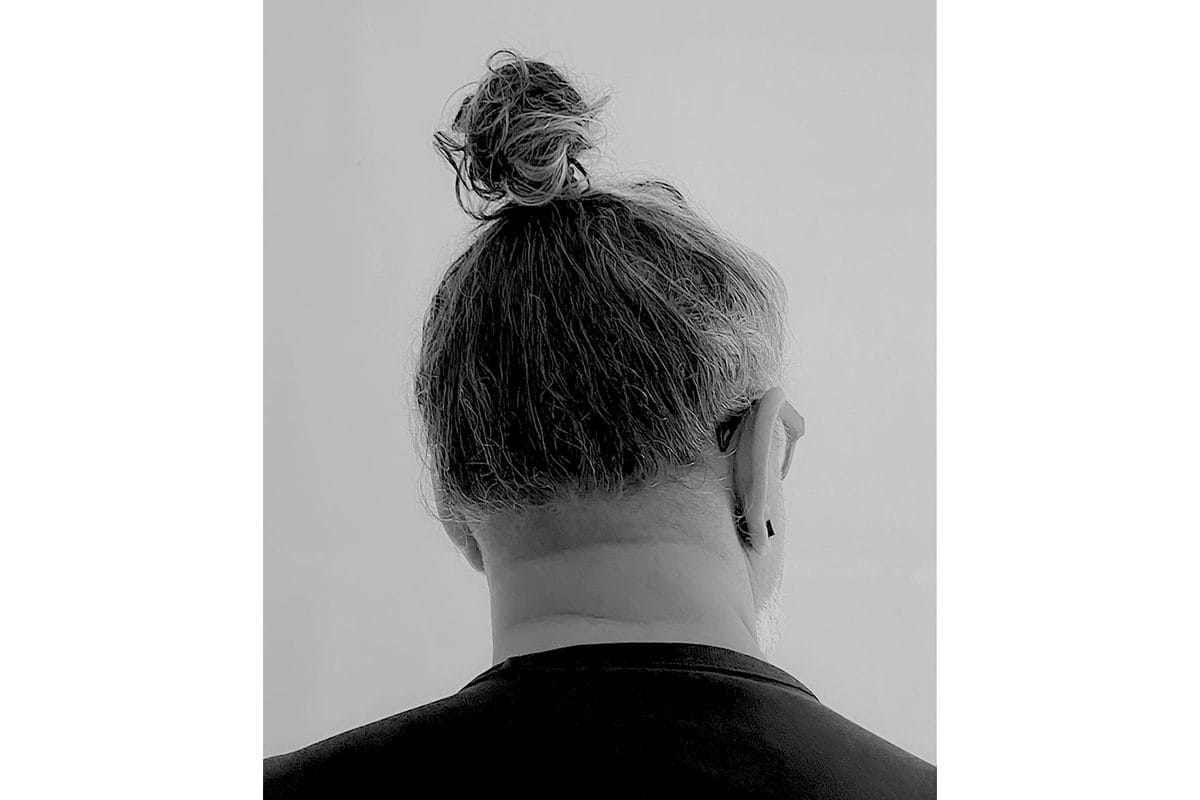
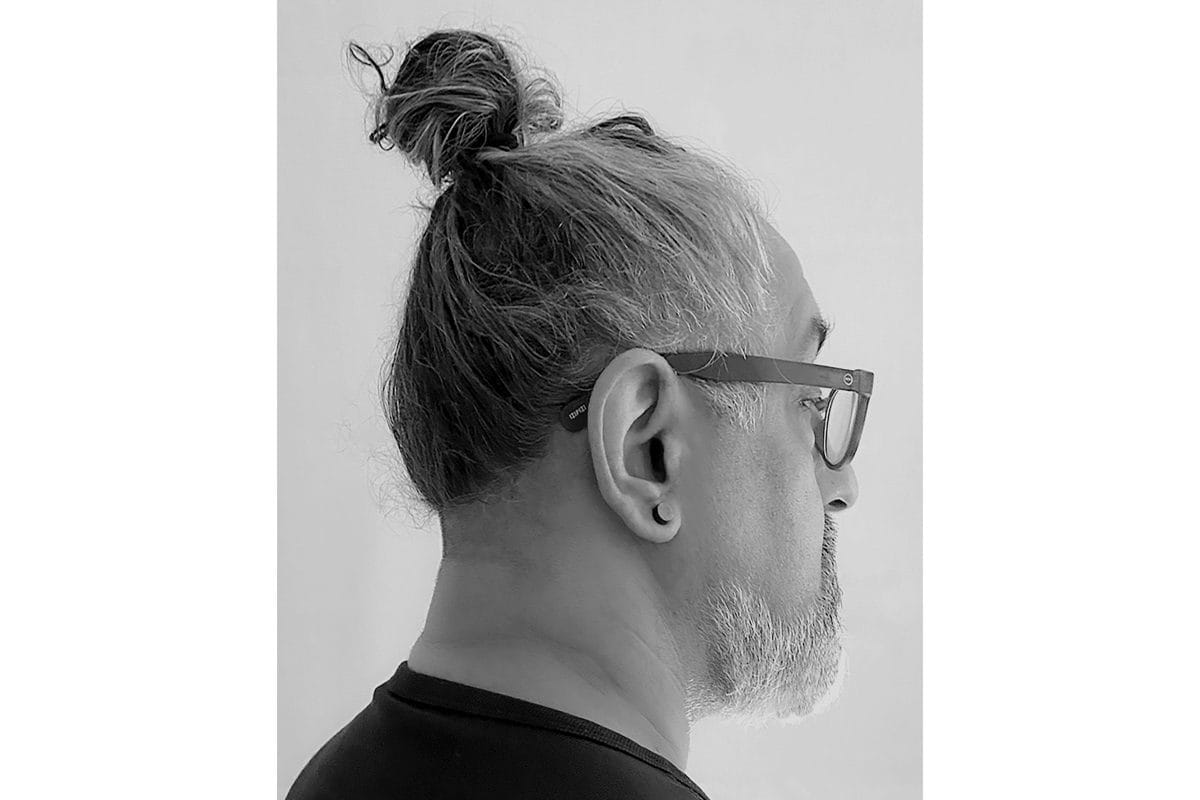



The cultural significance of hair, its inherent vulnerability, fragility, and political connotations is woven within my family identity. Within this spiritual and theological context, hair is symbolic to practising Sikhs. As a none practising Sikh, I have long uncut hair for no other reason than an aesthetic, which possibly has a subconscious reference to the ‘topknot’.[1]
Beyond social constructs of gender, this historical religious meaning attributed to hair remains consistent amongst Sikh culture. As a male, I discuss hair as a symbol of identity and vulnerability which bridges the eternal self and the body. ‘Just
like language, hair symbolism imposes its own grammar on the individuals in a given period of a given society; (Olivelle 1998).[2]
In my short photographic essay, I present a series of still life and portraits representing three generations of hair, from grandfather, father, and son. The transition of the body; this ‘Cultivation of the Self’ can be briefly characterised by the fact in this case, the art of existence – the techne tou biou in its different forms-is dominated by the principle that says one must ‘take care of oneself.’ (Foucault 1986).[3] The Craft of Life, is to take care of oneself, to heal the body.
Ritually my father would cleanse his body before bathing, methodical massaging his scalp with oils. My father passed away in 1998, all that remains is his hair and memories, which I have presented in this series. The self-portraits represent the physicality and identity that transcends into the still life studies of my father and son’s hair.
[1] Sanghera S. The Boy With The Topknot.; 2008.
[2] Olivelle p. ‘Hair and Society: Social Significance of Hair in South Asian Traditions,’ in Hair: Its power and Meaning in Asian cultures. Ed. Alf Hiltebeitel and Barbra D. Miller, (Albany: State University of New York Press, 1998)
[3] Foucault M. The Care of The Self: trans. Robert Hurley, vol 3 of The History of Sexuality, (New York: Vintage, 1988
[4] Ibid.
[5] It is this principle of the care of the self that establishes its necessity, presides over its development, and organizes its practice. But one has to be precise here; the idea that one ought to attend to oneself, (heauton epimeleisthai), was actually a very ancient theme in Greek culture.
Mylinh Nguyen
The ‘bowl’
- University of Brighton
- Senior Lecturer Business Studies for Fashion and Textiles; Inclusive Practice Co-Lead
- University of Brighton, Brighton, UK
The ‘bowl’ cut. A love/hate relationship that most likely resonates with the majority of South-East Asians. Shared stories of home haircuts performed by a parent with a pair of scissors and a bowl. For me, it was my dad and he was slightly more creative and named his haircut the “cowboy”, it was the same thing really, with the only difference being that the sides sloped down, which was more akin to the Western 60s style bob. During my formative years, I have had two distinct hairstyles: long and straight with a fringe or curled without a fringe. Fast forward to my 30s and since having children, the urge to reclaim the ‘bowl’ overcomes me. So here I am, owning the ‘bowl’.
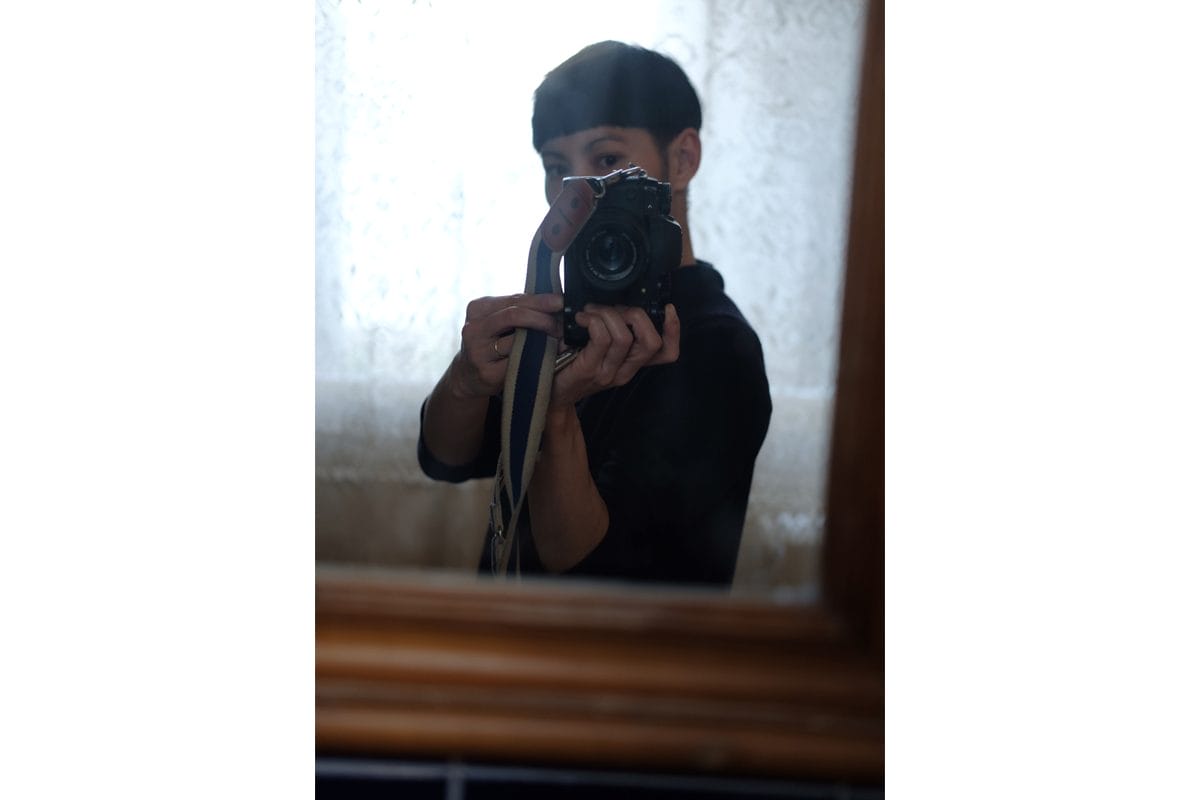
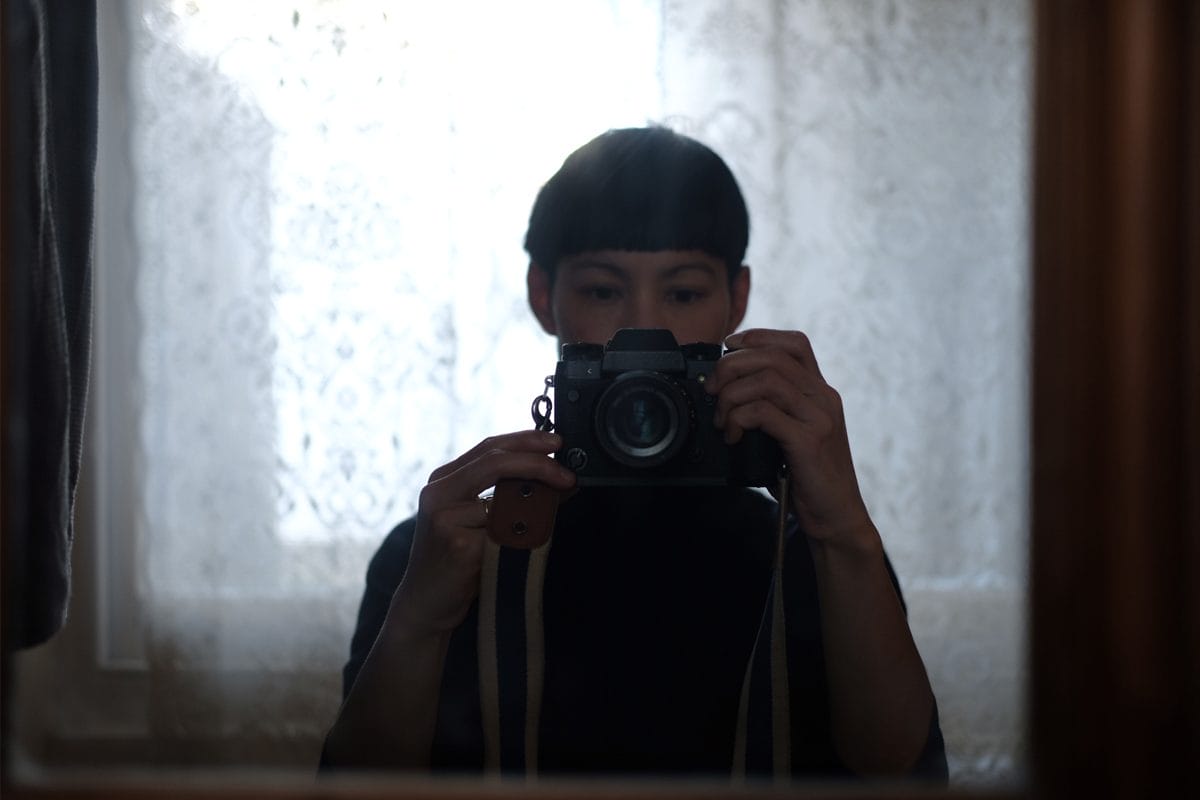
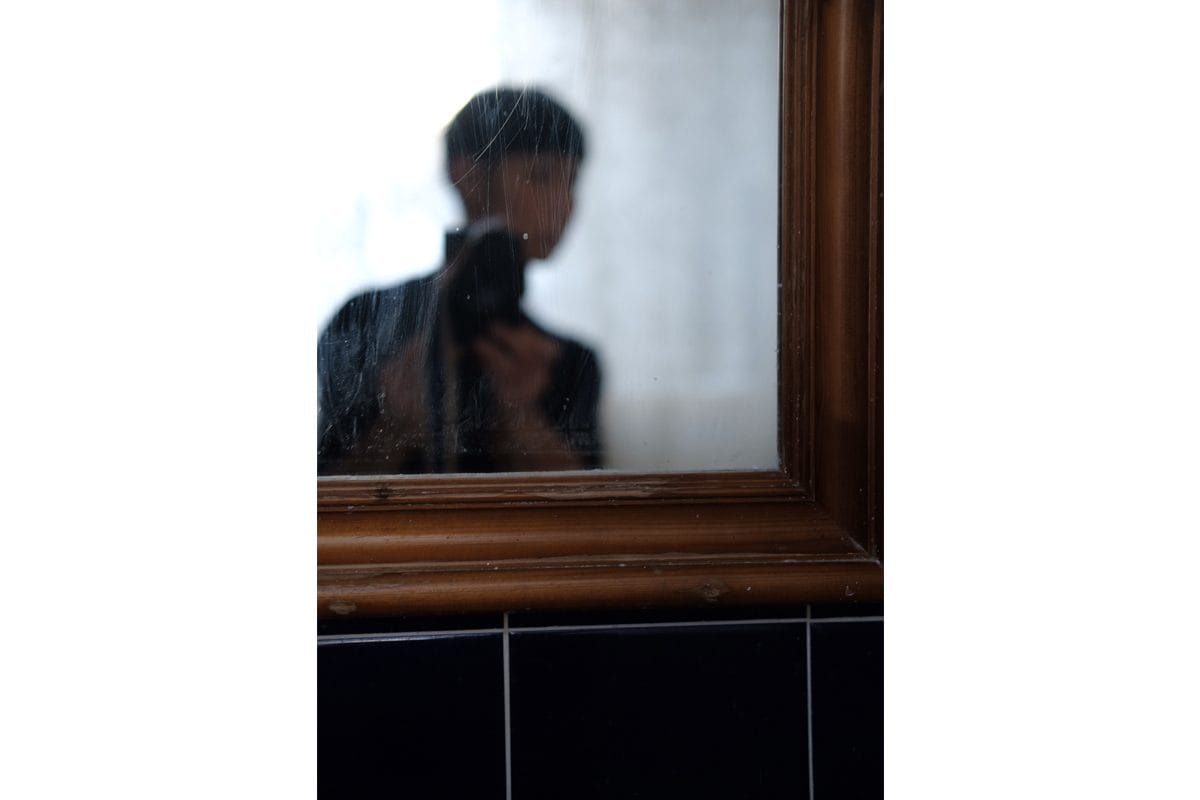
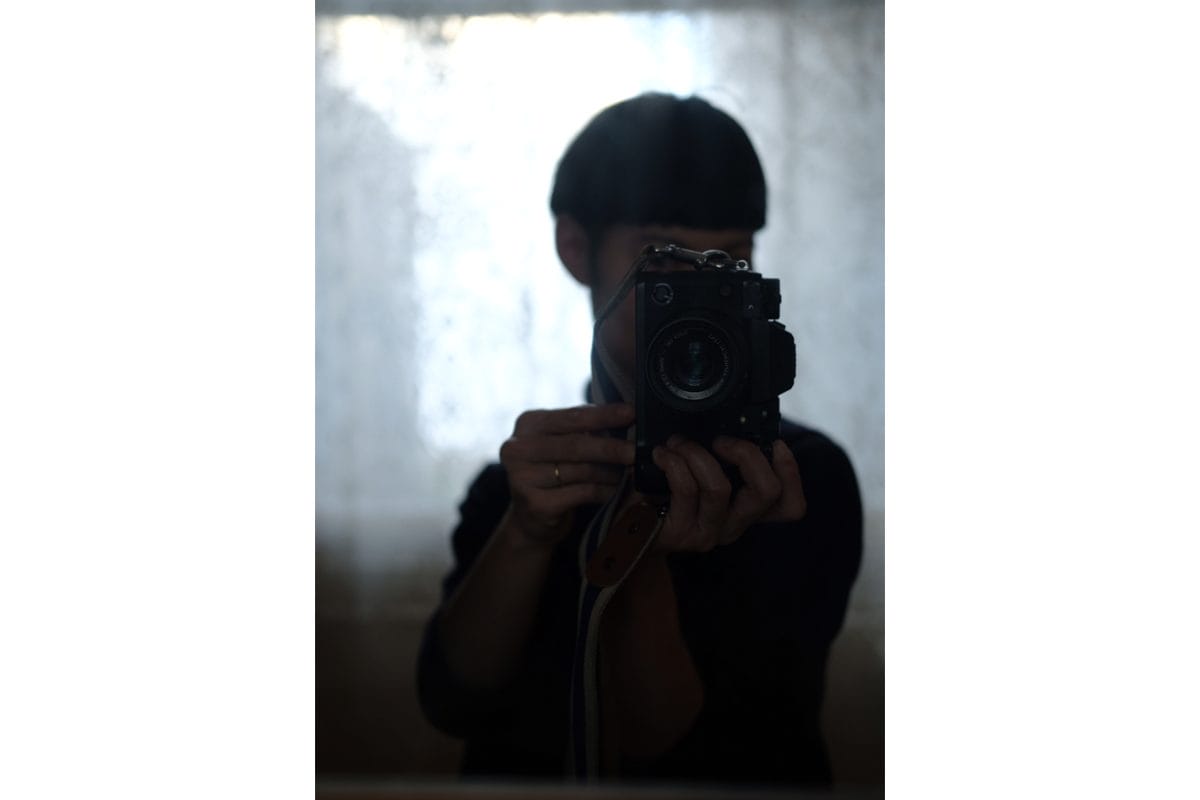
Sharon Lloyd
Portrait
- Solent University
- Co-Founder of FACE
- MA Make – up and Hair Design Futures – Programme Leader
- BA Make – up and Hair Design – Programme Leader
- BA Special Effects to BA Prosthetics and Special Effects – Programme Leader
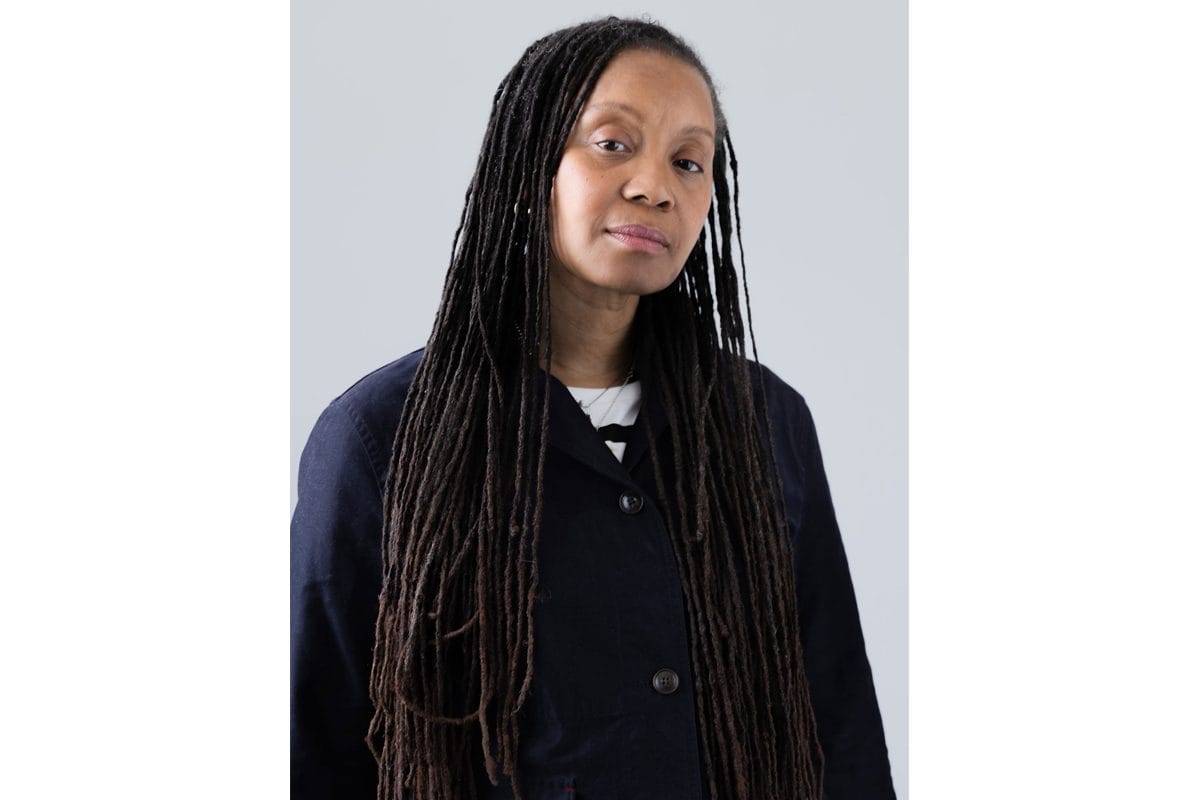
The barriers I experienced begin with the language we use surrounding afro hair…and the strange sense that it is deemed wild and demands to be controlled. I took back the gift that I didn’t want to give away and shaved my processed hair off. Freedom! My tiny, conky curls were like jewels, black pearls in a crown that I would wear proudly as I strode into each white centred space that I previously feared would question my presence.
The locs came later – and still no visible barriers. At least not to me directly. Not to my face. Although I know they exist. Like the day my daughter told me her teacher said her corn rows were ugly. Imagine – he wanted maximum damage to her identity. Being fully aware of their place in history and symbolic intent, my locs are now my shield – and in a world where I teach aspects of cosmetic beauty and bodies are to be viewed as individualistic, I am rarely asked about my dreads and often perceive most naïve questions around my hair management as a form of othering. Although I use my hair as my armour, as protection – I will say this, it is never just about the hair. Any critique is really an excuse to incur extreme destruction. It is always about the skin.


